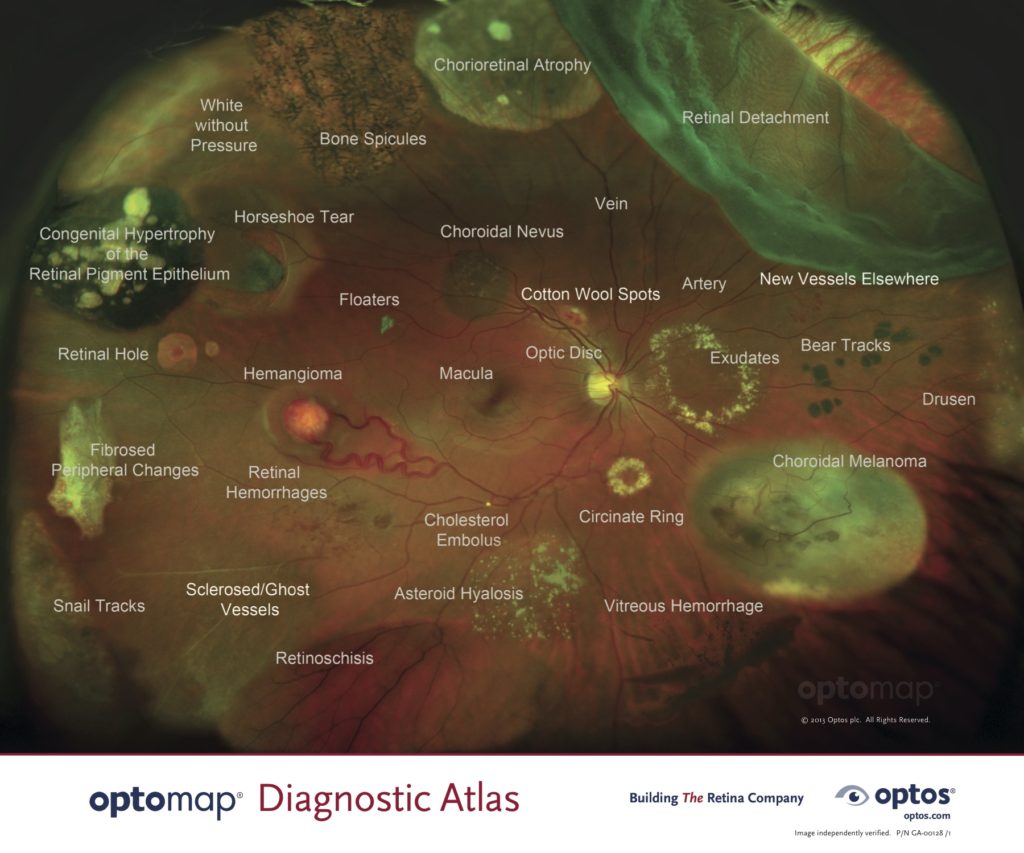Why should I be dilated?
Why should I be dilated? I am surprised how often I hear this question every day. Dilating drops have been used for hundreds of years to open the pupil wide so that eye doctors can look inside the eye. I think just about everyone knows by now that it makes your vision blurry and that it’s pretty annoying, but most people seem not to know why this is so important.
I think of dilation like it is the blood work of your eye exam. I’m looking for problems that may arise in the future, or disease that you may not realize are there. Many eye diseases develop without symptoms, which means you won’t know they’re there without a comprehensive eye exam. There are 267 different diseases we can detect with a dilated eye exam. Many of these are eye related, but many are systemic. The age-old saying is the eyes are the window to the soul, but I think it is really the window to the body. There is so much we can see! Let’s walk through just a few things we can find in your eyes.
Diabetes! The eyes are the only place in the body that we can directly look at blood vessels, so diseases like diabetes and blood pressure are easy to spot inside the eye. Sometimes you can even see blood clots (though we’re hoping not to find any!).
Brain tumors. Some types of brain tumors can affect the eyes and can been seen putting pressure on the optic nerve or the retina. These can often steal your vision, so it’s essential they’re caught early.
Retinal holes/tears. Theses types of findings are usually asymptomatic- meaning that you probably won’t notice that they’re there. The scary thing about them is that they could cause your retina to detach and permanently lose vision. This is one of the big things we’re looking for when dilating your eyes.
I could go on and on about this, but that’s why I’m an eye doctor. Needless to say, an eye exam isn’t complete without a good look INSIDE the eyes. We’re looking out for you when we recommend it. The great news is that now this can be done even without pesky dilating drops. Retinal imaging is amazing technology that lets us see inside the eye without any side effects. The other major advantage that these photos have over dilation is that they become a permanent part of your record- meaning we don’t have to rely just on notes in a chart anymore. If something happens down the road, we can compare side by side and see just what and how much it has changed. Honestly, this technology is a game changer and in my opinion, this should be the gold standard- everyone should be having this done to be sure you are having the most complete eye check up possible.
